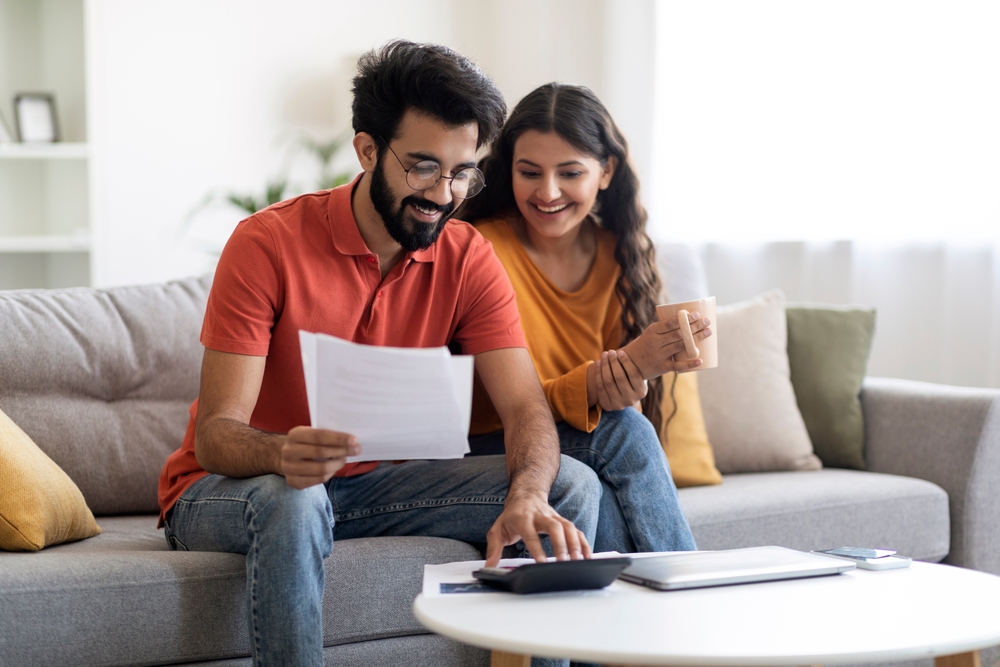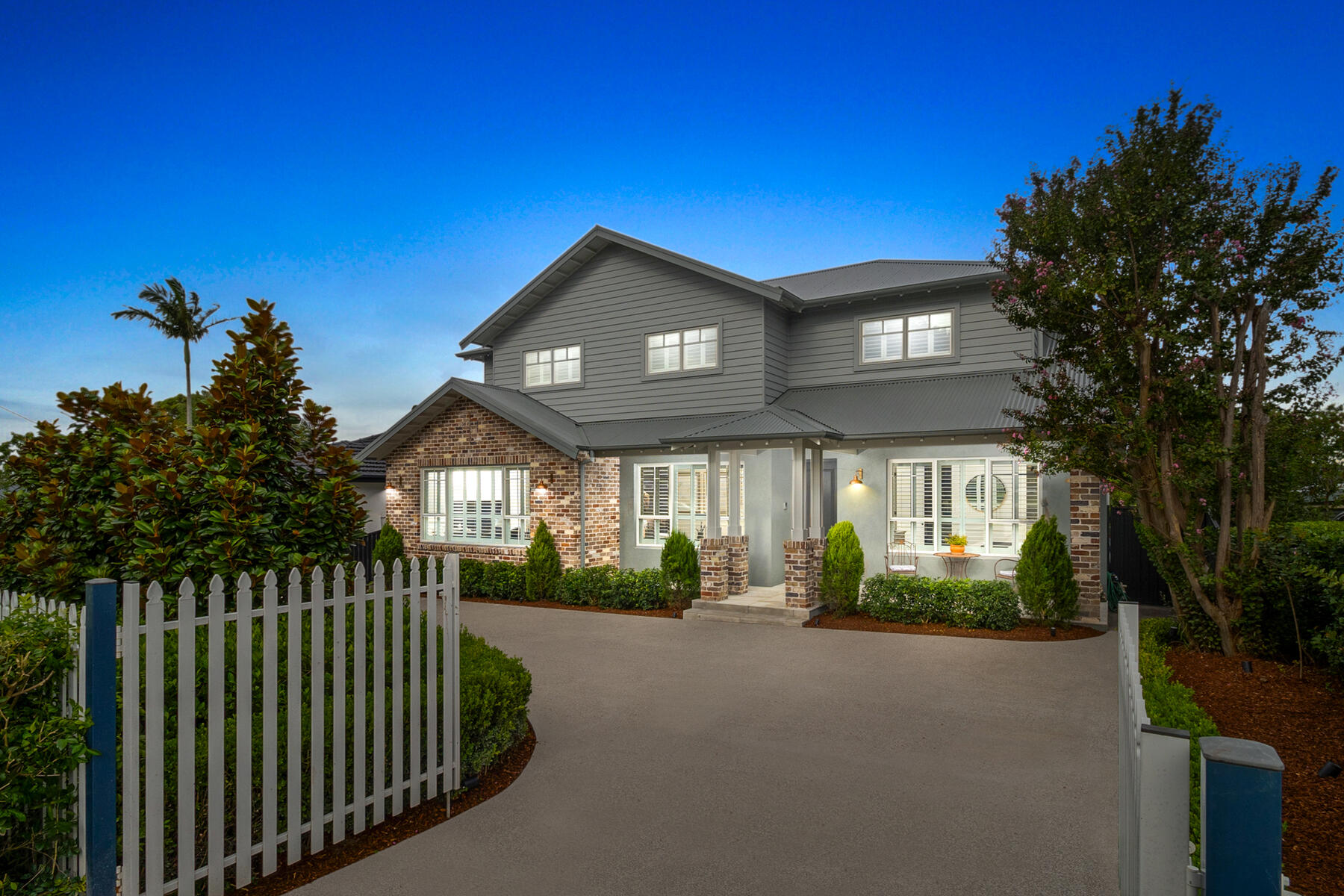Australian mortgage holders defying predictions and managing debt
However, there is one group spending their savings at a faster rate than the rest
The number of home loans in arrears are less than one percent of all borrowers, defying predictions of dire outcomes from a ‘mortgage cliff’ and the impact of high interest rates and cost of living pressures.
Most borrowers are making their home loan repayments on time, and although the number of loans in arrears has increased since late 2022, they represent only a tiny portion of the market, according to the Reserve Bank (RBA). Less than 1 percent of all housing loans are 90 or more days in arrears, which is lower than the pre-pandemic peak.
In its latest Financial Stability Review released this month, the RBA said households remain under pressure from high inflation and interest rates, with consumer sentiment very weak. More Australians than usual are seeking support from community organisations, and lenders have a small but rising number of borrowers on temporary hardship arrangements.
“Based on their latest assessment of the economic outlook, banks expect arrears rates to increase a bit further from here but remain low relative to history,” the RBA said.
The RBA notes that since the start of 2022, real disposable income has fallen by about 7 percent to be near its pre-pandemic level in per capita terms. Most mortgagors have seen 30-60 percent increases in their minimum home loan repayments since rates began rising in May 2022. However, only about 5 percent of variable-rate owner-occupier borrowers today have expenses exceeding incomes, giving them a cash flow shortfall.
Households are coping well due to a strong labour market, which is allowing them to increase their hours or get a second job if necessary. They are also drawing on large savings buffers, partly created by pandemic stimulus and lower spending during lockdowns, and have reduced their discretionary spending as necessary.
The loan arrears rate is highest among highly leveraged borrowers, however it is still very small at less than 2 percent. The share of mortgagors estimated to have a cash flow shortfall combined with low savings has risen over the past two years but still represents less than 2 percent of variable-rate owner-occupier borrowers. Unusually, the arrears rate among recent first home buyers is lower than average, possibly reflecting the Bank of Mum and Dad enabling young buyers to purchase properties with less debt.
The arrears rate among borrowers who rolled over from low fixed rates to variable rates in one hit – an event labelled ‘the mortgage cliff’ which was expected to hit hardest late last year – are managing their repayments just as well as other borrowers. “This resilience partly reflects that these borrowers were able to build up savings buffers over a longer period of unusually low interest rates,” the RBA said.
High income earners are depleting their pandemic savings at the fastest rate because they tend to be servicing greater debt. But they still have the highest savings and are likely using some of it to support continued discretionary spending. Conversely, the lowest-income mortgaged households grew their savings in 2023.
The RBA says nearly all borrowers should be able to service their loans even if inflation is more persistent than expected and interest rates remain higher for longer. While the RBA expects a rise in unemployment, it noted that historically mortgagors are less likely to lose their jobs. Many mortgagor households also have multiple incomes, and about half of all borrowers have enough savings to service their debts and essential expenses for at least six months. Lenders can also offer temporary support to borrowers who lose their jobs.
The RBA said most borrowers also have strong equity positions, which protects them from default and limits risk for lenders. Rising property prices last year gave homeowners more equity and banks have been issuing fewer high loan-to-value (LVR) loans since 2021. These types of loans are now at near-historical low levels.
“The share of loans (by number or balances) estimated to be in negative equity at current housing prices remains very low,” the RBA said. “While usually a last resort and very disruptive for owner-occupier borrowers, this would allow almost all borrowers to sell their properties and repay their loans in full before defaulting.”
Hypothetically, in a severe economic downturn during which housing values fell 30 percent, the RBA estimates that the share of loans falling into negative equity would increase to about 11 percent. The RBA said significant losses for lenders would only materialise if more borrowers became unable to service their loans.
This stylish family home combines a classic palette and finishes with a flexible floorplan
Just 55 minutes from Sydney, make this your creative getaway located in the majestic Hawkesbury region.
A Sydney site with a questionable past is reborn as a luxe residential environment ideal for indulging in dining out
Long-term Sydney residents always had handful of not-so-glamourous nicknames for the building on the corner of Cleveland and Baptist Streets straddling Redfern and Surry Hills, but after a modern rebirth that’s all changed.
Once known as “Murder Mall” or “Methadone Mall”, the 1960s-built Surry Hills Shopping Centre was a magnet for colourful characters and questionable behaviour. Today, however, a $500 million facelift of the site — alongside a slow and steady gentrification of the two neighbouring suburbs — the prime corner property has been transformed into a luxury apartment complex Surry Hills Village by developer Toga Group.
The crowning feature of the 122-apartment project is the three-bedroom penthouse, fully completed and just released to market with a $7.5 million price guide.
Measuring 211sqm of internal space, with a 136sqm terrace complete with landscaping, the penthouse is the brand new brainchild of Surry Hills local Adam Haddow, director of architecture at award-winning firm SJB.
Victoria Judge, senior associate and co-interior design lead at SJB says Surry Hills Village sets a new residential benchmark for the southern end of Surry Hills.
“The residential offering is well-appointed, confident, luxe and bohemian. Smart enough to know what makes good living, and cool enough to hold its own amongst design-centric Surry Hills.”
Allan Vidor, managing director of Toga Group, adds that the penthouse is the quintessential jewel in the crown of Surry Hills Village.
“Bringing together a distinct design that draws on the beauty and vibrancy of Sydney; grand spaces and the finest finishes across a significant footprint, located only a stone’s throw away from the exciting cultural hub of Crown St and Surry Hills.”
Created to maximise views of the city skyline and parkland, the top floor apartment has a practical layout including a wide private lobby leading to the main living room, a sleek kitchen featuring Pietra Verde marble and a concealed butler’s pantry Sub-Zero Wolf appliances, full-height Aspen elm joinery panels hiding storage throughout, flamed Saville stone flooring, a powder room, and two car spaces with a personal EV.
All three bedrooms have large wardrobes and ensuites with bathrooms fittings such as freestanding baths, artisan penny tiles, emerald marble surfaces and brushed-nickel accents.
Additional features of the entertainer’s home include leather-bound joinery doors opening to a full wet bar with Sub-Zero wine fridge and Sub-Zero Wolf barbecue.
The Surry Hills Village precinct will open in stages until autumn next year and once complete, Wunderlich Lane will be home to a collection of 25 restaurants and bars plus wellness and boutique retail. The EVE Hotel Sydney will open later in 2024, offering guests an immersive experience in the precinct’s art, culture, and culinary offerings.
The Surry Hills Village penthouse on Baptist is now finished and ready to move into with marketing through Toga Group and inquiries to 1800 554 556.
This stylish family home combines a classic palette and finishes with a flexible floorplan
Just 55 minutes from Sydney, make this your creative getaway located in the majestic Hawkesbury region.
























